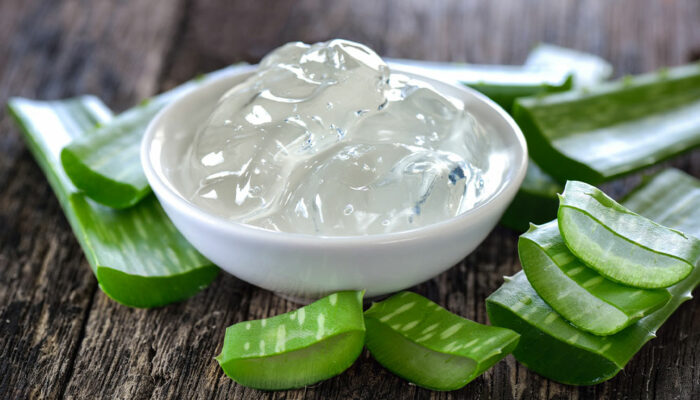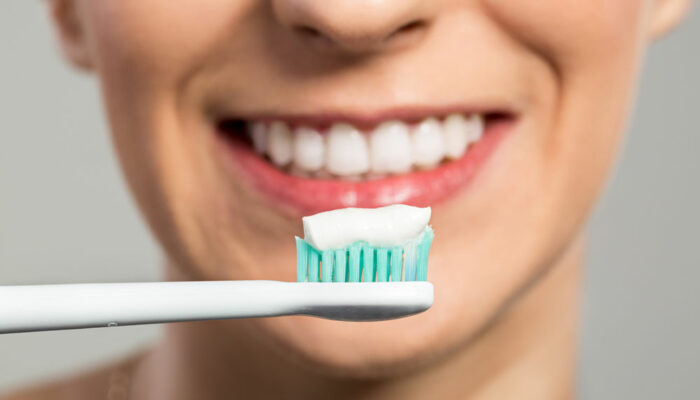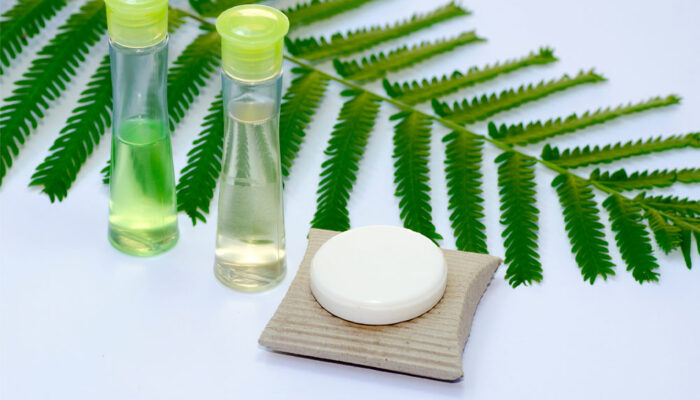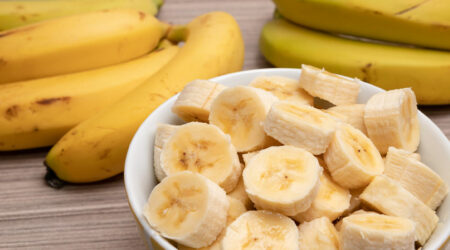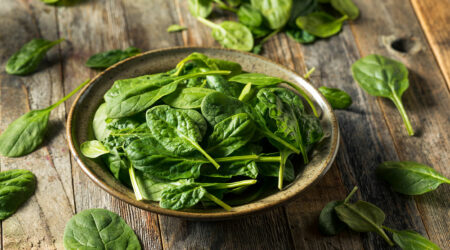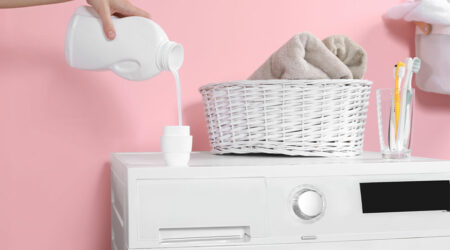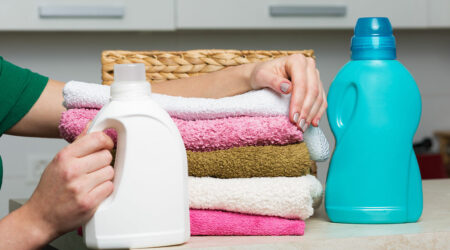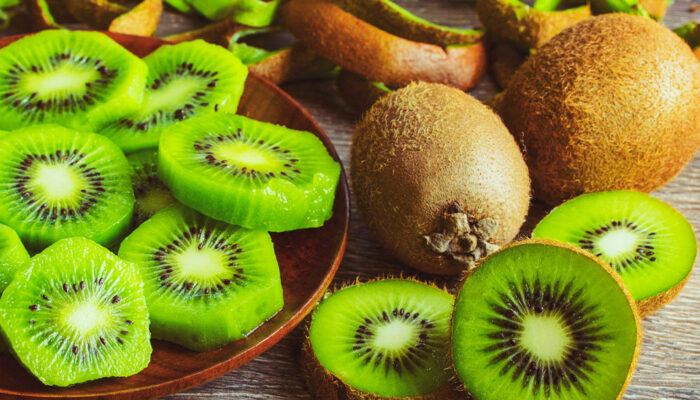
Natural Remedies and Foods to Relieve Sinus Congestion
In the human body, there are four pairs of paranasal sinuses located in the head, behind the nose, and eyes. They have many functions, such as lightening the head’s weight, enhancing voice resonance, and humidifying and heating the inhaled air. Sinus congestion happens when certain conditions trap fluid in the sinuses, thereby blocking them and making them painful. It is very uncomfortable as the tissues covering the sinuses swell because of inflammation. Various causes of sinus congestion Sinus congestion is caused by a virus, fungus, or bacteria that makes the tissues lining the sinus swell, thus blocking them. Some of the specified causes of sinus congestion are: Common cold Nasal polyps Departed septum Allergies Weak immunity Young children and infants also get sinus congestion when they spend time in daycare, use pacifiers, or drink from bottles while lying down. Significant symptoms of sinus congestion The following are the symptoms of sinus congestion: Headache Coughing Fever Sinus pain Runny nose Pressure in eyes and face Natural remedies to help get rid of sinus congestion One can try several natural remedies at home to ease sinus discomfort. These include: Staying hydrated When a person gets sinus congestion, the mucous membranes are inflamed. But when one stays hydrated, it supports the membrane to function correctly. So when one drinks plenty of water or any other fluid, it helps relieve the symptoms caused by sinus congestion. Steam inhalation This helps significantly in sinus congestion as it moistens the mucous membranes. This works particularly in winter when the weather is very dry and cold. One can either use a humidifier or take hot water in a bowl and breathe in the vapors, which can help unblock the sinuses and relieve all symptoms. Use eucalyptus oil This oil works miraculously to relieve sinus congestion symptoms. It also helps kill germs in and around the nasal passage that causes sinus infection.
Read More 